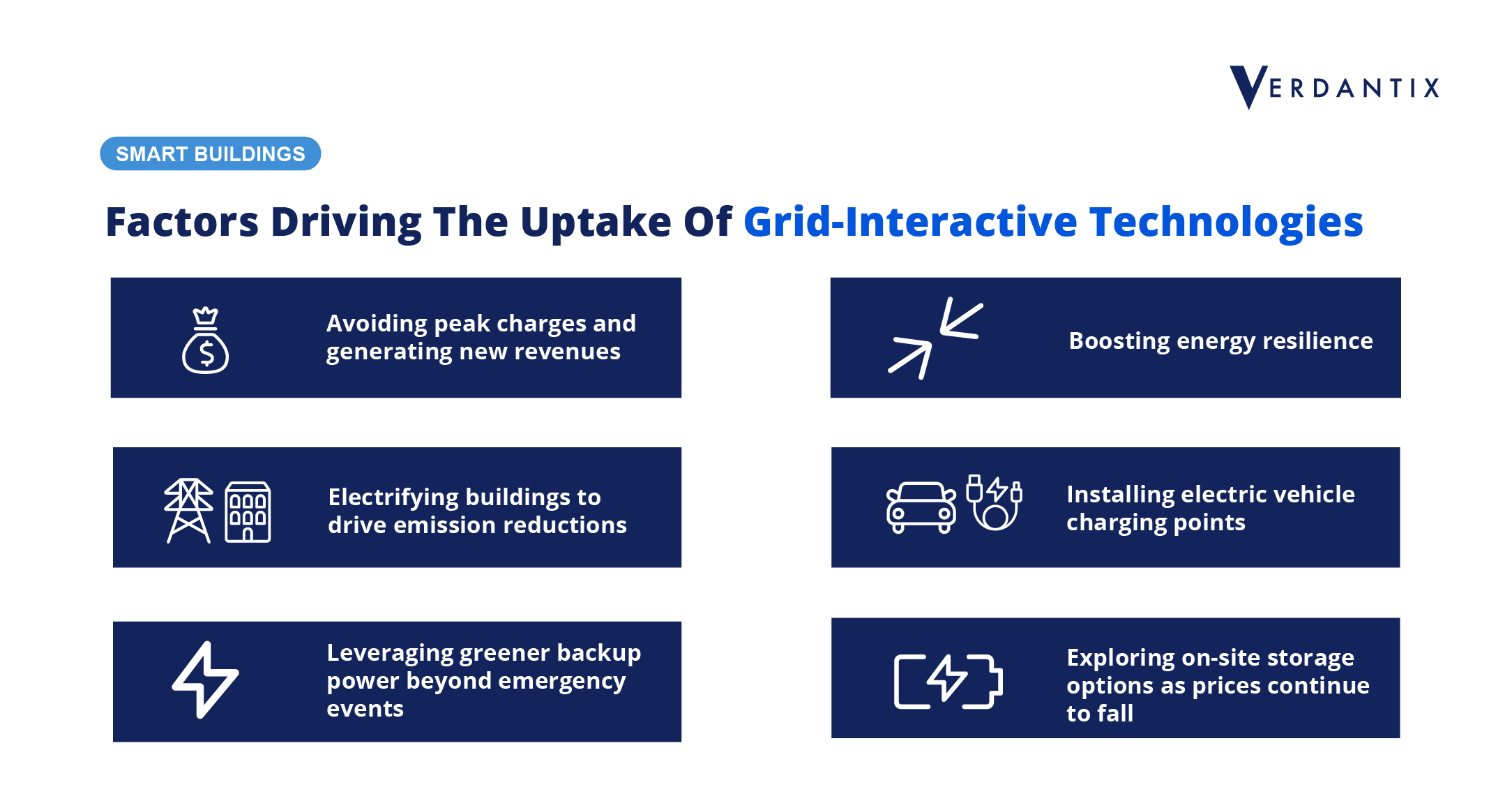US Army Takes Aim At Facilities Decarbonization With New Climate Strategy

Ben Hext
On February 8th, the US Army released its first climate strategy outlining goals to achieve a 50% reduction in net greenhouse gas emissions by 2030 (compared to 2005) and attain net-zero emissions by 2050. The strategy established three areas of focus: 1) installations; 2) acquisition and logistics; and 3) training. Installations cover buildings and bases, fleet vehicles and power generation, and the strategy outlines the planned implementation of microgrids, zero-carbon power generation, building control systems, and electric vehicles. A key focus area for the US Army will be grid-interactive technologies, which combine onsite power generation and storage with flexible site-level energy consumption to respond to varying grid prices and the availability of onsite renewable power.
Grid interactivity is an area of fast-growing interest, driven by the need to decarbonize facilities, onboard renewable generation, avoid high electricity costs, install EV charging and improve energy resiliency. The US Department of Energy estimates that by 2030, grid-interactive and efficient buildings (GEBs) could deliver between $100 to 200 billion in savings and cut CO2 emissions by 80 million tonnes across the US power sector. The US Army has been an early adoptor of microgrids and grid-interactive technologies, as it looks to enhance resiliency to weather events and physical attacks while reducing utility costs. For example, in 2017, US Army Fort Carson implemented an array of grid-interactive technologies. The facility installed a battery energy storage system (BESS) to avoid high peak power prices; an occupancy-based HVAC control system which reduces energy consumption by 60% in unoccupied buildings; onsite generation consisting of a 1MW solar array and 3MW of diesel generation; and an energy management control system to handle energy flows around the site.
Beyond critical facilities, the wide-scale uptake of grid-interactive technology remains slow due to the high cost of hardware and long ROI, the challenge of integrating siloed building systems, navigating the split incentive between tenants and building owners, and traversing a complex and evolving regulatory landscape. However, the commitment by the US Army to place grid-interactive technology at the center of its decarbonization strategy will provide a range of comprehensive proof points and real-world examples that demonstrate the potential of GEBs. Firms should closely monitor the emerging technology and regulatory landscape and consider grid-interactive building technologies to support important real estate initiatives such as cost cutting, decarbonization, electrification, and resilience.

About The Author

Ben Hext
Industry Analyst





